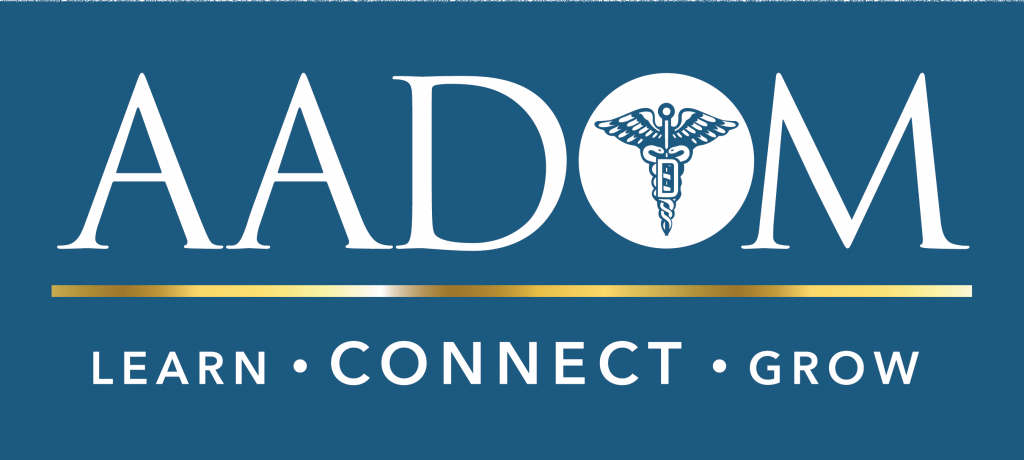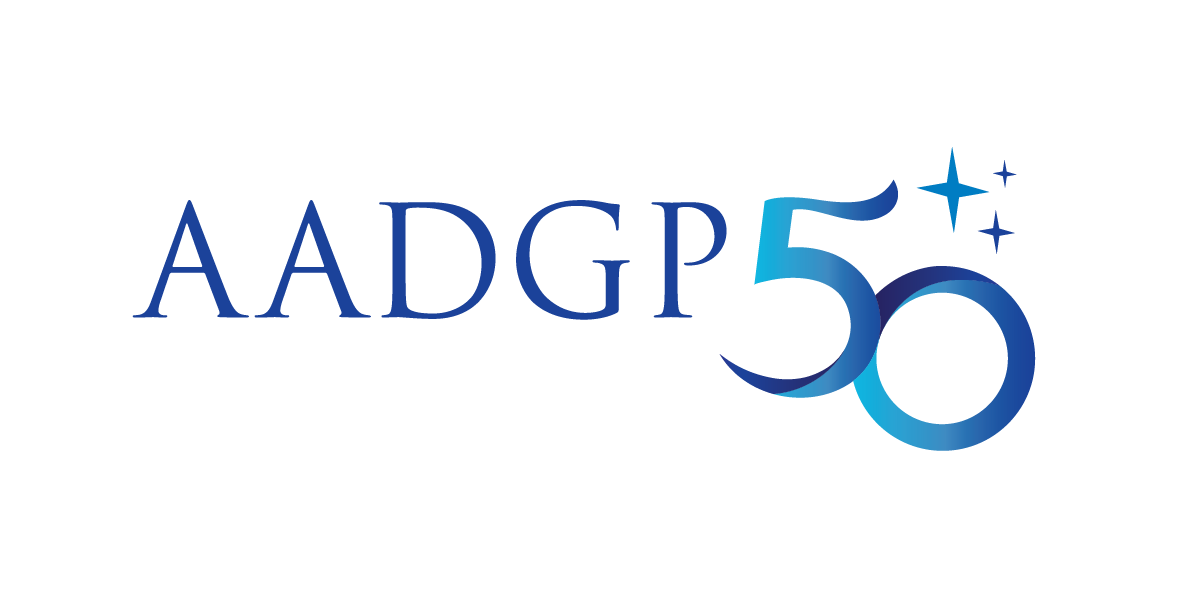ORAL SURGICAL EXTRACTION
- An Extraction which requires surgical intervention for the removal of tooth is referred to as a surgical extraction. It includes the most complex type of extractions involving invisible or affected teeth and teeth that have been broken off from the gum line.
Specialized dentists like the oral and maxillofacial surgeons carry out such extractions. So before we get to how an extraction is done, let us first tell you something about surgical extractions.
Surgical extraction involves a surgery which includes the elevation of flap and removal of bone from the jaws which ultimately helps in the removal of the affected tooth. This is done under the effect of anesthesia.
So when are surgical extractions are carried out?
For Teeth with abnormal configurations such as follows :
- Impacted tooth
- Tooth with broken roots
- Dilacerated roots
- Tooth with hypercementosis
- Unusual root morphology
- Ankylosed tooth
- Fused tooth
Moving on to how surgical extractions are done :
- Firstly, during any extraction which requires surgical intervention, anesthesia is given to the patient to prevent pain . It also helps reduce stress and anxiety for the patient in order to treat the patient comfortably. .
- After that, an incision is given near the desired tooth which provides access to the dentist for its removal.
- Now lifting soft tissues which cover the tooth is done.
- It is followed by removal of jaw bones by drilling or osteotomy for unerupted teeth which are hard to assess.
- Multirooted teeth are split by burs and drills for quick and easy removal.
- Irrigating the whole area is then followed by removal of any bacterial colonies.
- Incising the tissues and the gum lines or sockets is then done to stop bleeding or other complications .
There are some situations where such extractions are prohibited, so let us discuss them:
If the patient suffers from any serious health issues like cardiovascular issues or is diabetic, such procedures are avoided.
Also, if there is a chance of slippage of the tooth into the maxillary sinus due to the anatomy of the cranium base or any other deformity ,it is prohibited.
Many a times patients have large alveolar processes which require huge removal of bones which can lead to fractures if not monitored. In such cases surgical intervention is avoided.
You’ve probably heard of the post operative instructions every dentist gives you after the treatment. What are they? And why are they important ?
The instructions given by your dentist after treatment involves all the precautions to be taken by one’s self to prevent the complications of an extraction.
A Complication results in a dry socket due to the early removal of blood clot formed in the socket. Pain and swelling are also common examples of the complications a patient of extraction faces.
So, the given post up instructions state not to spit for one day and to chew from the other side of the jaw where extraction was not done. Food taken should be in liquid or semi solid form to prevent pressure on the extracted site. Any cold food substitutes like ice cream should be eaten after one hour. And one should come after one week for removal of the stitches.
Medications such as painkillers and antibiotics are given to the patient for three days for complete healing of the socket area..
If you want to know more about surgical extraction then do contact us, we will be very happy to help you.





